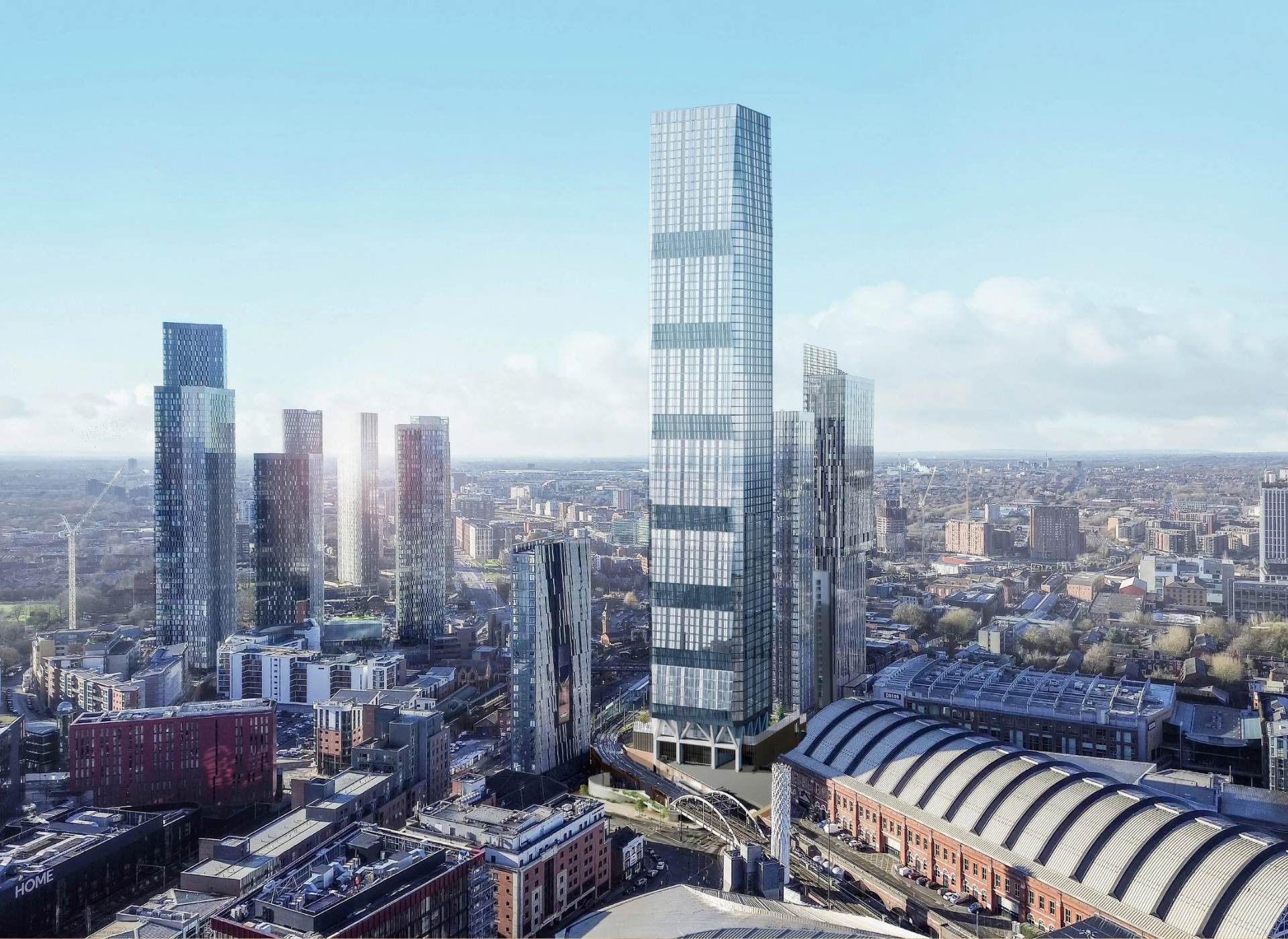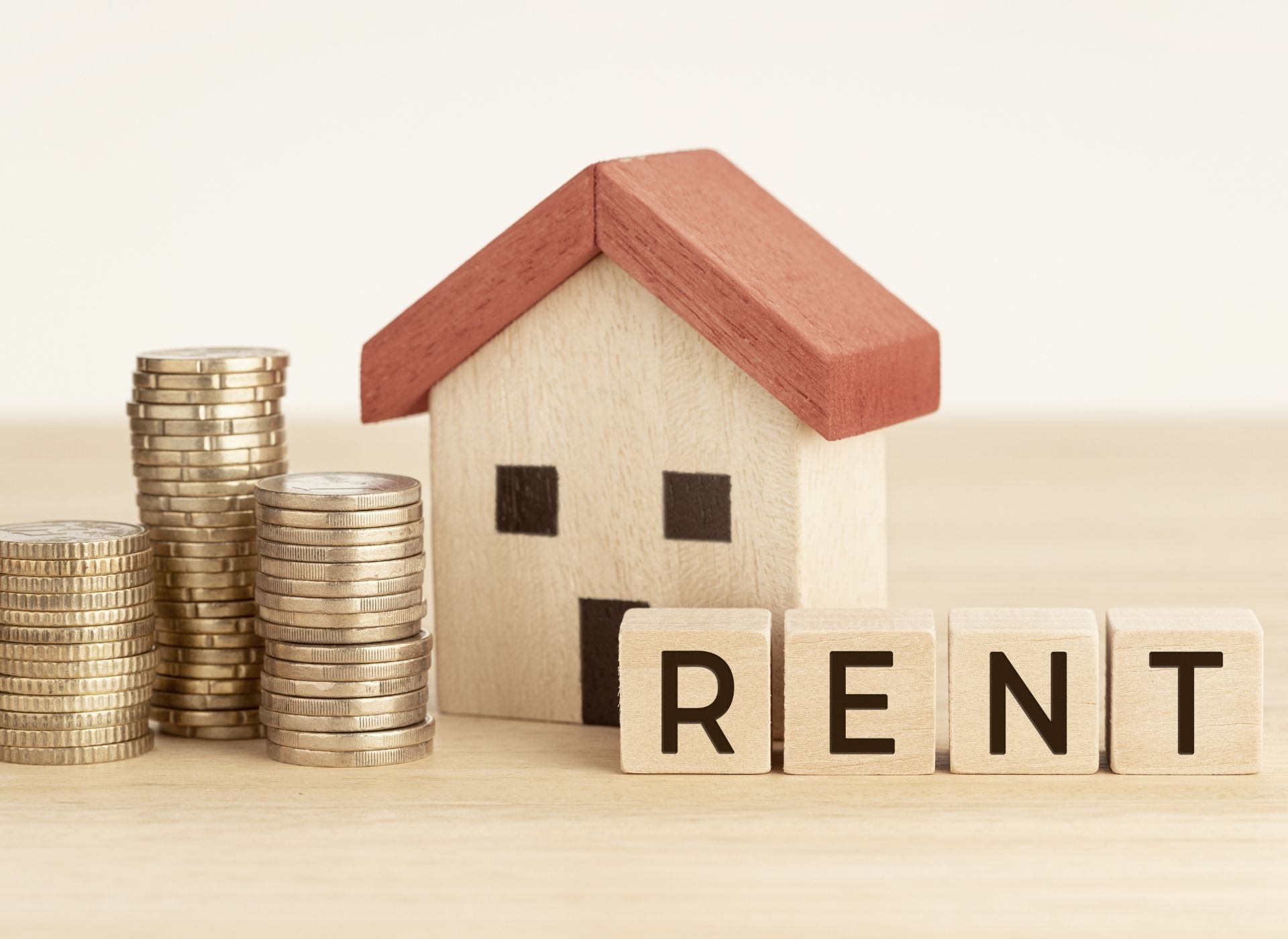When it comes to buy-to-let property investment, one of the most critical metrics that investors scrutinise is the price per square foot. This metric provides valuable insights into the value of a property relative to its size, helping investors make informed decisions. In this blog, we will explore the importance of price per square foot in buy-to-let purchases, why property investors pay close attention to this metric, and the factors that influence it.
Understanding Price Per Square Foot
Price per square foot is a straightforward calculation that involves dividing the total sale price of a property by its total square footage. For example, if a property is priced at £400,000 and has a total area of 2,000 square feet, the price per square foot would be £200. This metric allows investors to compare properties of different sizes and prices on a like-for-like basis.
Why Price Per Square Foot Matters
- Comparative Analysis: One of the primary reasons investors scrutinise price per square foot is for comparative analysis. This metric enables investors to compare properties within the same area or across different locations. By evaluating the price per square foot, investors can determine whether a property is overpriced or offers good value for money compared to similar properties.
- Assessing Property Value: Price per square foot is a valuable tool for assessing the value of a property. A higher price per square foot typically indicates that the property is in a desirable location, has high-end features, or is in a market with high demand and limited supply. Conversely, a lower price per square foot may suggest that the property is in a less desirable area, requires significant renovations, or is in a market with lower demand.
- Investment Potential: For buy-to-let investors, understanding the price per square foot is crucial for evaluating the investment potential of a property. This metric helps investors estimate the potential rental income and capital appreciation. Properties with a higher price per square foot in prime locations are likely to attract higher rental yields and experience greater capital growth over time.
- Market Trends: Price per square foot is also an essential indicator of market trends. By analysing changes in this metric over time, investors can gain insights into the overall health of the property market, identify emerging trends, and make strategic investment decisions. For example, a rising price per square foot in a particular area may indicate increasing demand and potential for future growth.
Factors Influencing Price Per Square Foot
Several factors influence the price per square foot of a property, and understanding these factors is crucial for investors:
- Location: Location is one of the most significant determinants of price per square foot. Properties in prime city-centre locations or areas with excellent transport links, amenities, and schools tend to have a higher price per square foot. For example, land in prime city-centre Manchester costs significantly more per acre compared to land in Salford, reflecting the higher demand and desirability of the location.
- Property Type and Features: The type of property and its features also impact the price per square foot. High-end properties with luxury finishes, modern amenities, and unique architectural designs command a higher price per square foot. Additionally, properties with desirable features such as balconies, gardens, or waterfront views tend to have a premium price.
- Supply and Demand: The balance of supply and demand in the property market plays a crucial role in determining the price per square foot. In markets with limited supply and high demand, prices per square foot are likely to be higher. Conversely, in markets with abundant supply and lower demand, prices per square foot may be lower.
- Economic Factors: Economic conditions, such as interest rates, inflation, and employment rates, can influence the price per square foot. For example, low-interest rates can lead to increased demand for property, driving up prices per square foot. Similarly, strong economic growth and high employment rates can boost demand for housing, leading to higher prices.
- Property Condition: The condition of the property is another important factor. Well-maintained properties with modern fixtures and fittings are likely to have a higher price per square foot compared to properties that require significant repairs or renovations.
Limitations of Price Per Square Foot
While price per square foot is a valuable metric, it has its limitations:
- Does Not Account for Quality: Price per square foot does not account for the quality of the property. Two properties with the same price per square foot may have vastly different levels of quality, finishes, and amenities. Investors need to consider other factors, such as the condition and features of the property, in addition to the price per square foot.
- Varies by Location: Price per square foot can vary significantly by location, even within the same city. For example, properties in central London will have a much higher price per square foot compared to properties in outer London. Investors need to consider the specific location and its desirability when evaluating price per square foot.
- Does Not Reflect Market Conditions: Price per square foot does not always reflect current market conditions. For example, a property may have a high price per square foot due to historical demand, but current market conditions may have changed. Investors need to consider other market indicators and trends in addition to price per square foot.
Price per square foot is a crucial metric for buy-to-let property investors, providing valuable insights into the value of a property relative to its size. By understanding and scrutinising this metric, investors can make informed decisions, compare properties, assess investment potential, and identify market trends. However, it is essential to consider the limitations of price per square foot and evaluate other factors, such as location, property condition, and market conditions, to make well-rounded investment decisions.
In conclusion, while price per square foot is an important tool in the property investor’s toolkit, it should be used in conjunction with other metrics and considerations to ensure a comprehensive evaluation of potential buy-to-let investments. By doing so, investors can maximise their returns and build a successful property portfolio.






